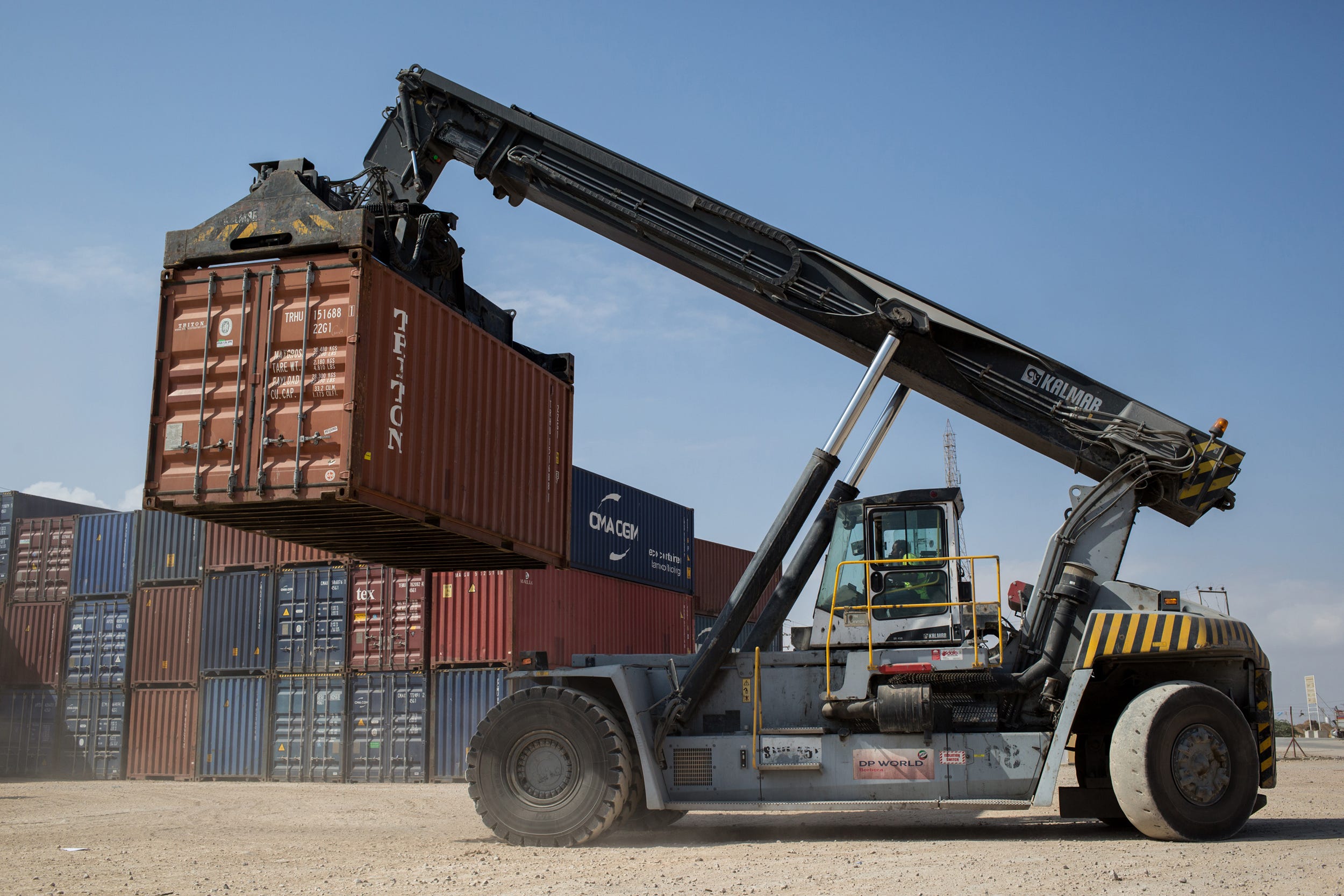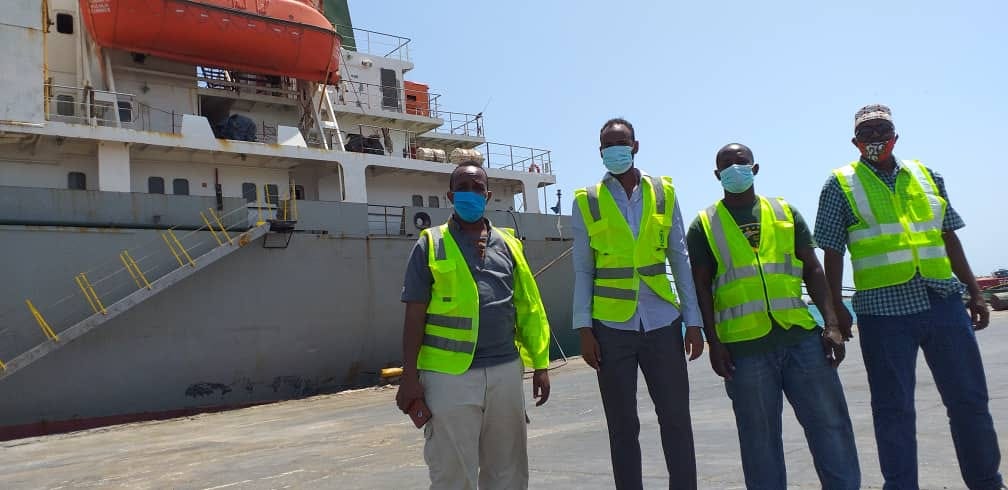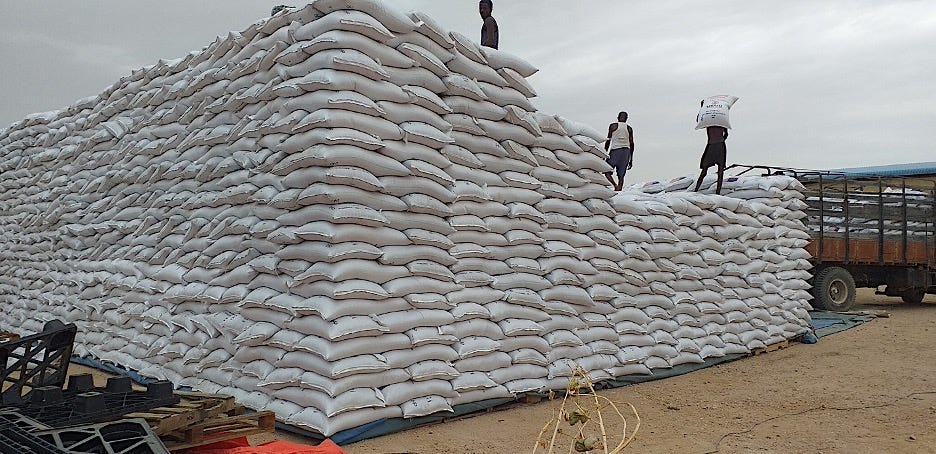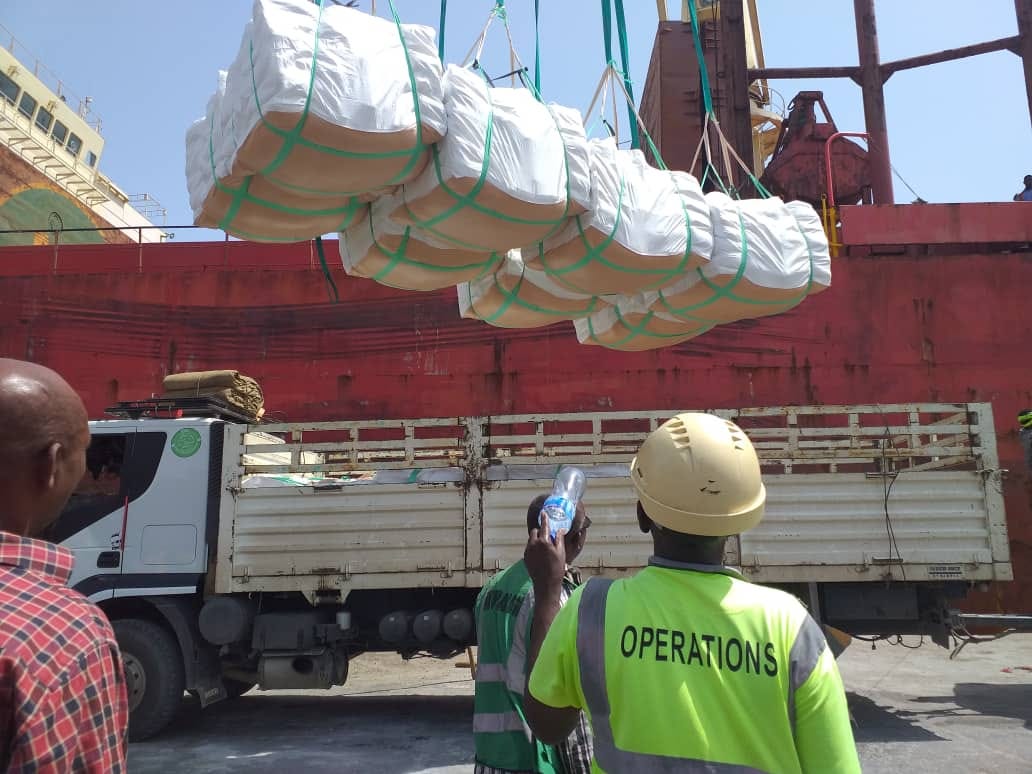Factually incorrect. How could Somaliland gov’t not able to challenge these?
The 1988-92 civil war transformed Somali cities in
multiple ways. The war, waged by clan-based militias,
led to violence targeted at rival clans in Somalia’s main
cities as Somalis all fled to their clan’s home regions for
safety.35 By 1991, most of Somalia’s cities had at least
temporarily become the domain of a single clan. Over
the course of 1991-92, internal divisions within those
clans promoted still more warfare and either green
lines dividing cities (Mogadishu, Hargeisa, Galkayo,
Beledweyn, Luuq) or expulsion of losing clans by the
victors (Kismayo). A few other important cities (Baidoa,
Merka, Jilib, Bardhere) found themselves occupied by an
outside clan with superior firepower, leading to tensions
between armed settlers and local populations.
There is a complex interplay between urban
governance and state-building in Somalia. De jure the
> Provisional Constitution stipulates the establishment
> of six FMS, namely: Somaliland, Puntland, Galmudug,
> Hirshabelle, South West State, and Jubbaland. Each FMS
is governed by a State President who is elected by the
people of that FMS. The political status of the Benadir
Administrative Region (BRA) that includes the capital,
Mogadishu, remains contested and is currently under
the direct control of the FGS. The Governor of BRA-cum-Mayor of Mogadishu is directly appointed by the President
of the FGS. The pre-2012 administrative framework
of 18 regions and 74 districts has now been regrouped
into the six FMSs, though some boundaries are being
contested. Districts represent the lowest administrative
unit, and District Commissioners oversee the executive
branch. While District Commissioners are supposed to
CITIES AND STATES HAVE FORMED, BUT REMAIN FRAGILE
25
Figure 4. Somalia Control Map (2013)
Source: PolGeoNow 2020.
be elected, elections have only taken place in Somaliland
> and Puntland to date. Districts in southern Somalia
are governed by the interim District Commissioners
appointed by the FMS Presidents. Cities that lie within
districts have neither legal boundaries nor mayors. The
roles and responsibilities, as well as the division of labor
among the different tiers of government, are yet to be
clearly determined. De facto, however, government control
essentially stops at the perimeter of cities, particularly in
insecure areas where al-Shabaab (AS) controls the rural
areas. This is the case for Mogadishu, Kismayo, Baidoa,
and many other cities in southern Somalia. Somalia is
thus a collection of city-states, where the government’s
reach rarely goes beyond major urban centers, rather
than a unified political territory. This poses a significant
challenge in terms of urban governance because the
remits of the federal, state, and district governments
overlap within cities, resulting in contestation over urban
political and economic authority among different levels
of government.
They should be challenging a lot more than they have that’s for sure.
Another example
Coronavirus: Berbera Port in Somalia anchors WFP’s East Africa operations
World Food Programme maintains the reach of its critical assistance to countries such as Ethiopia and South Sudan
Follow
Jul 16, 2020 · 3 min read
Firm grip: WFP Berbera processes containers as well as unpackaged bulk. Photo: WFP Somalia/Mustafa Saeed
Life as we knew it came to a halt with coronavirus, but the logistics teams enabling the World Food Programme (WFP) to deliver life-saving assistance across the world kept going in spite of bottlenecks in supply chains and access restrictions caused by the closing of shops, services and borders.
Take the port of Berbera in Somalia, through which flow supplies for WFP operations in Ethiopia and South Sudan. WFP’s team succeeded in keeping operations at the port running smoothly, ensuring the organization’s efforts to save and change lives could continue uninterrupted.
[
Coronavirus and hunger: WFP to assist largest number of people ever
Latin America at centre of concerns as invisible enemy hits countries beset by climate change and conflict
insight.wfp.org
](https://insight.wfp.org/coronavirus-and-hunger-wfp-ready-to-assist-largest-number-of-people-ever-23aea919e87d)
Since March, over 130,000 metric tons of assorted WFP food commodities have been received at the port — the weight of 13 Eiffel Towers; staples such as rice, wheat, pulses, vegetable oils and maize.
Most of this food — almost 65 percent — is dispatched to the eastern regions of Ethiopia, a particularly vulnerable area prone to devastating climate shocks. Last year, over 150,000 metric tons of food for Ethiopia alone passed through Berbera port.

All hands on deck: WFP staff work flat out to ensure disruptions caused by pandemic are minimized. Photo: WFP Somalia/Frederick Asamoa
Over the past few months, Berbera’s handled the bulk of the cargo destined for WFP’s East Africa operations — over twice as much as was handled through WFP’s port operation in Mombasa, Kenya.
“The fact that food is medicine cannot be underestimated,” says Frederick Asamoa, WFP’s Head of Office in Berbera. “Much of the response operations for COVID-19 have focused on getting medical supplies into countries, and while this is of course very important, people need to eat to be strong and to boost their immunity against the virus.”

Bags full: USAID donated 45,500 metric tons of sorghum. Photo: WFP Somalia/Mohammad Ejaz
Port jobs are by no means easy. A regular day at work might involve first coordinating the bagging of the food that arrives loose on massive ships.
Huge cranes scoop up bulk (unpackaged) cargo that they transfer into bagging machines. Bags are stitched, loaded onto trucks and shunted to warehouses for storage, or straight on to destinations in Ethiopia or South Sudan.
Working closely with WFP colleagues in Mogadishu, Somalia’s capital, the team at Berbera overcame a wave of challenges, such as the lack of transport and other limitations related to the pandemic.

Collegiality: ‘Our teamwork boosted everyone’s morale’. Photo: WFP Somalia/Frederick Asamoa
“One major challenge was the shortage of trucks to load up the cargo we received,” says Shuib Hassan, WFP Logistics Associate in Berbera.
He adds: “This required a lot of on-the-spot fast action on the ground. Logistics is very practical — issuing waybills, stacking and counting of cargo, loading and off-loading … it was always hands-on and full-speed ahead, which could get sometimes get tricky with so many COVID-19 protocols to observe.”
The logistics team is made up of ten WFP staff — four dedicated to port operations and six to the warehouses.
Protocols ensure health and safety vigilance — shifts are organized with that mind. Radios and SIM cards have been provided to ensure fluid communications.
Did the team need motivating during this challenging time? “Certainly not,” responded Shuib. “Our teamwork boosted everyone’s morale — it was the team’s mission to deliver that kept them going.”
Learn more about WFP’s work in Somalia
Until SL’s leverage increases whereby it becomes an economic/political/ social necessity, the world will keep trampling on her it seems.









